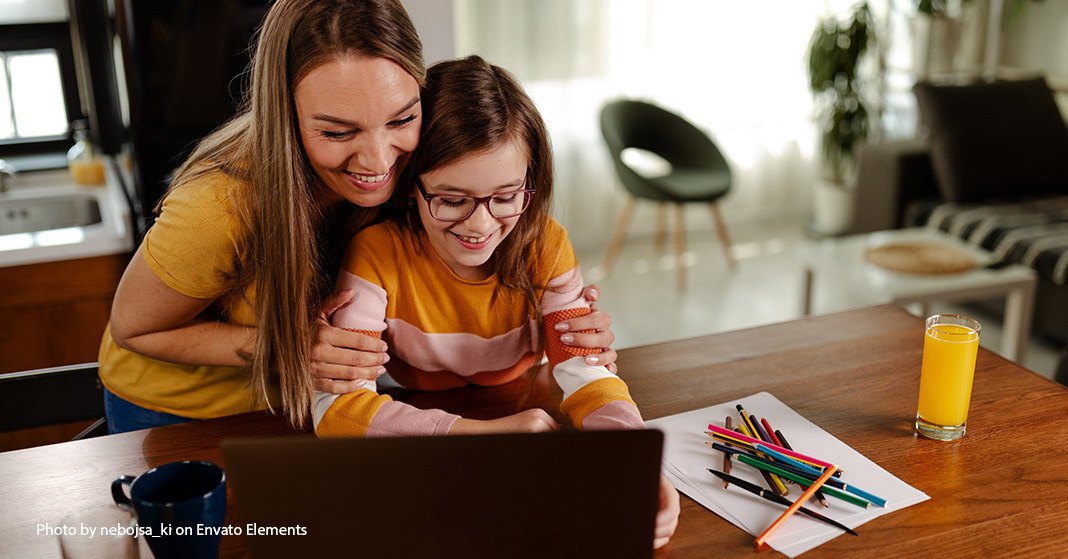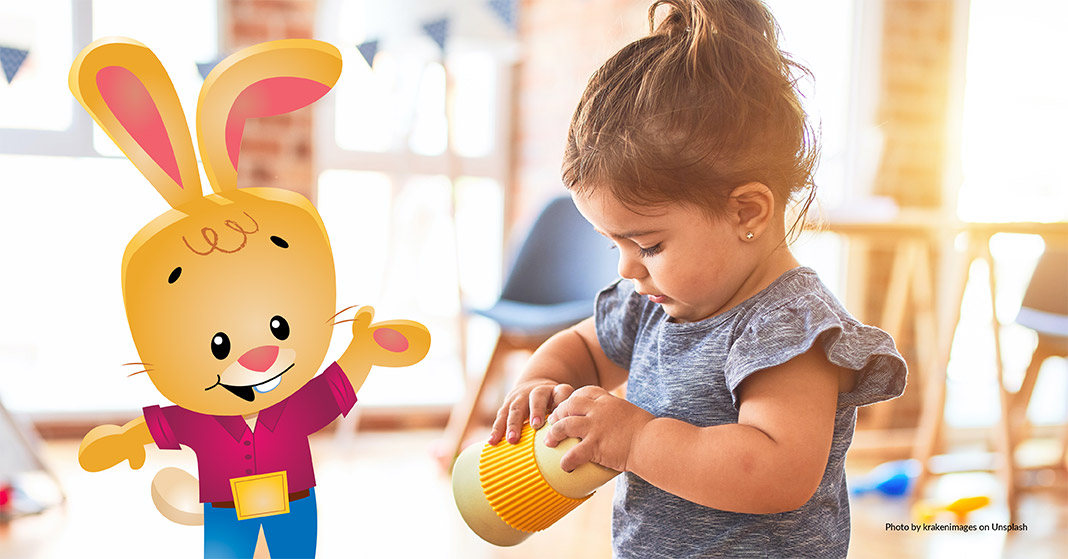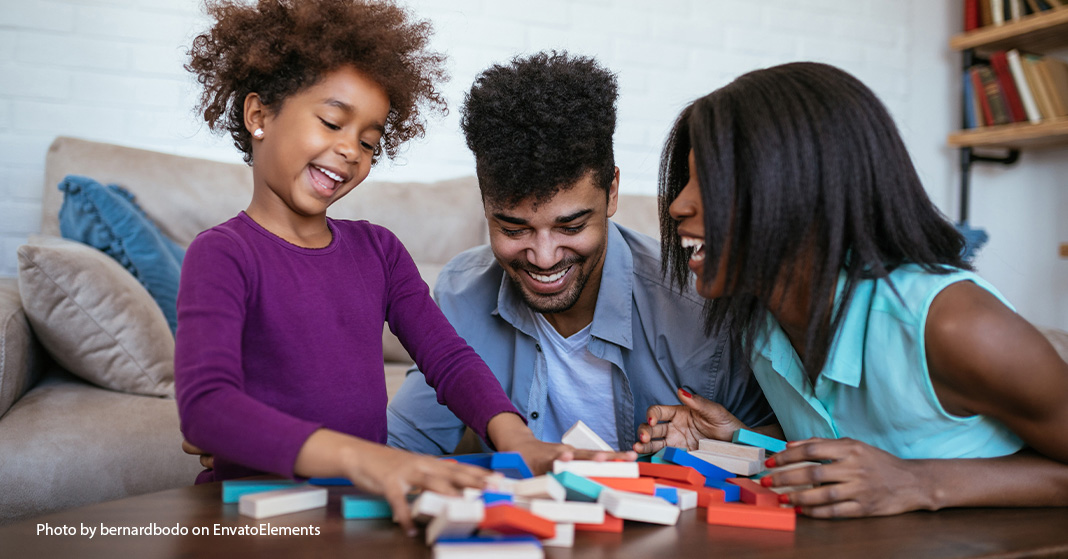
As a homeschool parent or teacher, you may be wondering how to create a positive learning environment for your students. Take a moment to think back on your childhood educational experience and recall your favorite teacher or what you loved about being a homeschool student. Why was he or she was your favorite? Was it their tough but fair grading? An inviting learning environment full of well-organized materials? Or was it simply that you knew the teacher cared about you and your success? It can be difficult to understand exactly what about your favorite teacher or homeschool experience appealed to you, but ultimately, the positive learning environment he or she created made your experience enjoyable. We’ll help you understand what a positive learning environment is and give you tips on how to make your classroom or homeschool an effective place for learning.
[Read more…] about 10 Ways to Create a Positive Learning Environment



